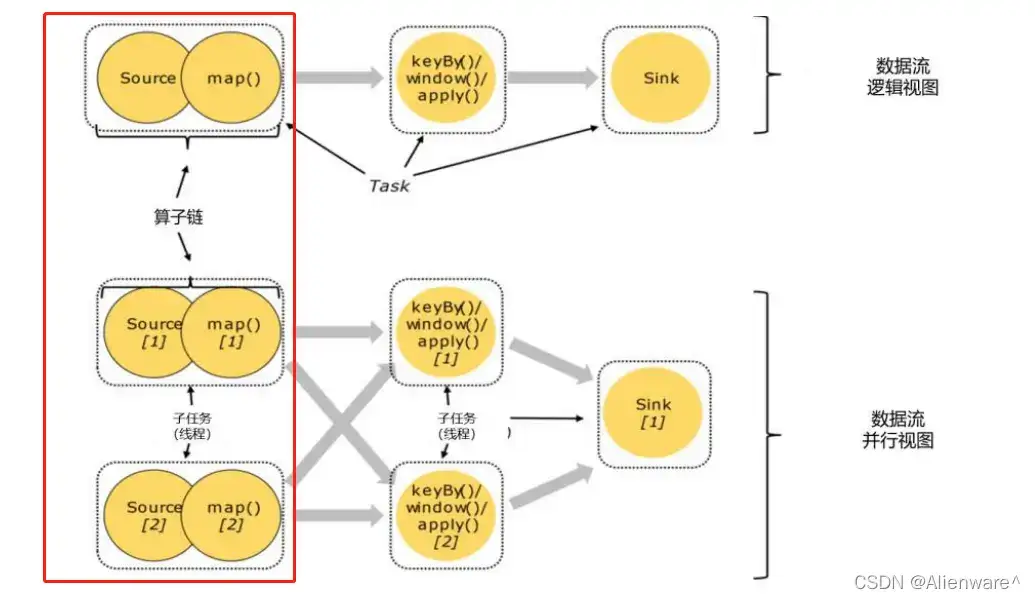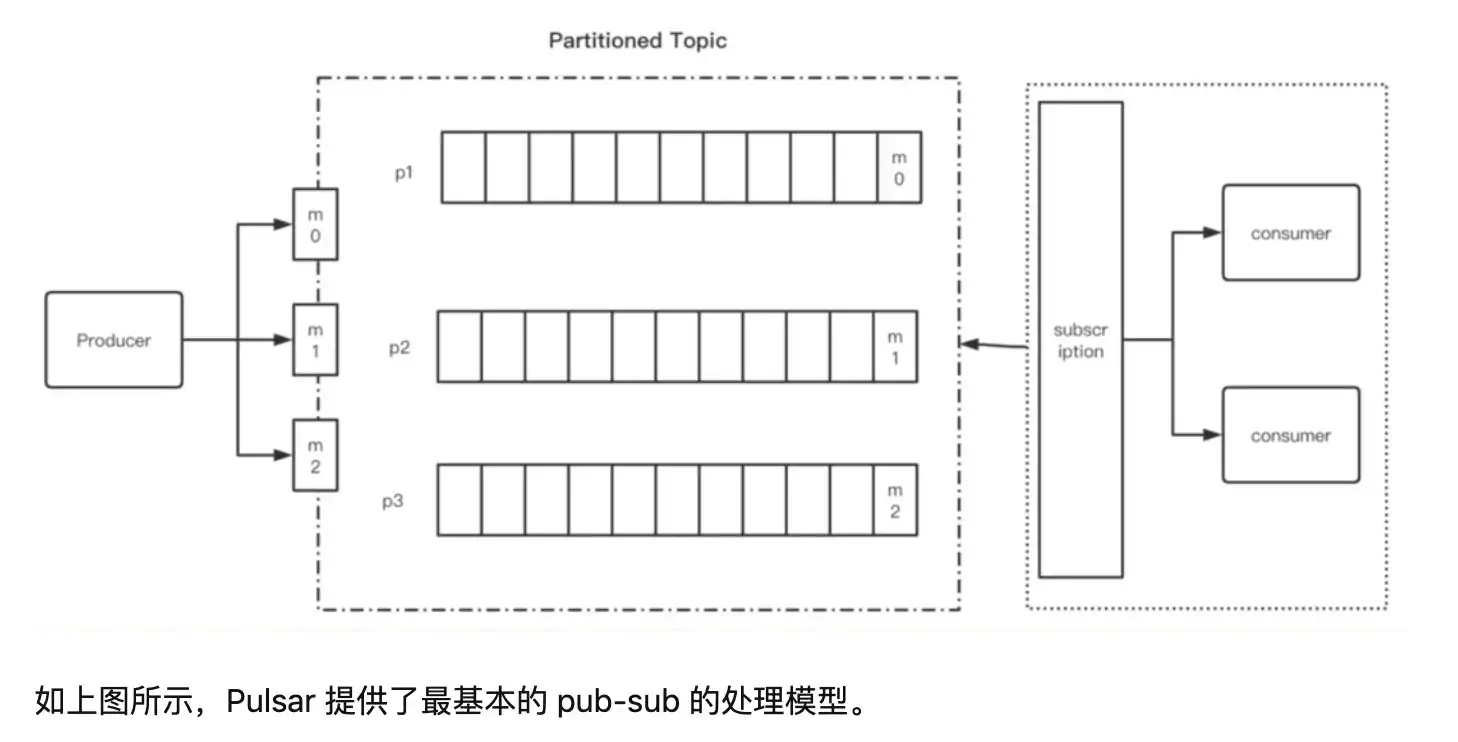返回
Safe Learning Frameworks: A Comprehensive Overview
人工智能
2023-09-22 00:50:14
## Introduction: The Imperative of Safe Learning in Control
As the world hurtles toward an autonomous future, the development of intelligent systems capable of learning and adapting in real-time becomes increasingly imperative. However, ensuring the safety of these systems poses a formidable challenge, particularly in safety-critical applications such as autonomous driving and robotics. This has led to the emergence of safe learning frameworks, a burgeoning field dedicated to the development of techniques that enable learning-based control systems to operate safely in uncertain and potentially hazardous environments.
## Safe Reinforcement Learning: Balancing Exploration and Exploitation
Safe Reinforcement Learning (SRL) grapples with the inherent tension between exploration and exploitation. Exploration is vital for discovering new and potentially better policies, while exploitation maximizes the performance of the current policy. SRL algorithms must strike a delicate balance between these two objectives, ensuring that exploration is conducted in a safe manner that minimizes the risk of catastrophic events.
One widely adopted SRL approach involves constraining the exploration process. By restricting the agent's actions to a safe subset, the risk of venturing into dangerous or unexplored territory is reduced. However, this approach may limit the agent's ability to discover novel and optimal policies.
Another approach, known as risk-sensitive reinforcement learning, incorporates a risk measure into the reward function. This encourages the agent to favor actions that not only maximize reward but also minimize risk. The choice of risk measure depends on the specific application and the desired level of conservatism.
## Risk-Sensitive Control: Explicitly Accounting for Safety
Risk-sensitive control takes a more explicit approach to safety by incorporating a risk measure into the control objective. The controller aims to minimize a combination of the expected cost and a risk penalty, where the risk penalty is typically a function of the uncertainty in the system's state or the potential consequences of taking a particular action.
Risk-sensitive control has been successfully applied in various domains, including autonomous driving and robotics. In autonomous driving, for instance, a risk-sensitive controller can be designed to minimize the expected travel time while ensuring that the vehicle remains within safe operating limits.
## Constrained Control: Enforcing Safety Through Constraints
Constrained control enforces safety by explicitly incorporating constraints into the control problem formulation. These constraints can take various forms, such as bounds on state variables, input variables, or a combination of both. By ensuring that the system's state and actions always satisfy these constraints, safety is guaranteed.
Constrained control is widely used in safety-critical systems, such as aircraft flight control and nuclear power plants. In these applications, the constraints often represent physical limitations or safety regulations that must be strictly adhered to.
## Applications: From Autonomous Driving to Robotics
Safe learning frameworks have found widespread application in a variety of safety-critical domains:
- **Autonomous driving:** SRL and risk-sensitive control have been employed to develop self-driving cars that can navigate complex traffic scenarios while ensuring passenger safety.
- **Robotics:** Constrained control is commonly used in industrial robots to guarantee that they operate within safe limits, preventing collisions and protecting human workers.
- **Aerospace:** Safe learning frameworks are being investigated for use in unmanned aerial vehicles (UAVs) to enhance their autonomy and safety in challenging environments.
## Conclusion: Paving the Path to Autonomous Safety
Safe learning frameworks are essential for the development of autonomous systems that can operate safely and reliably in complex and uncertain environments. By providing techniques to balance exploration and exploitation, explicitly account for safety, and enforce constraints, these frameworks enable learning-based control systems to navigate the intricate landscape of safety-critical applications.
As research in safe learning frameworks continues to advance, we can expect to see even more sophisticated and effective techniques emerge, paving the way for a future where autonomous systems seamlessly coexist with humans, enhancing our lives and pushing the boundaries of what is possible.




